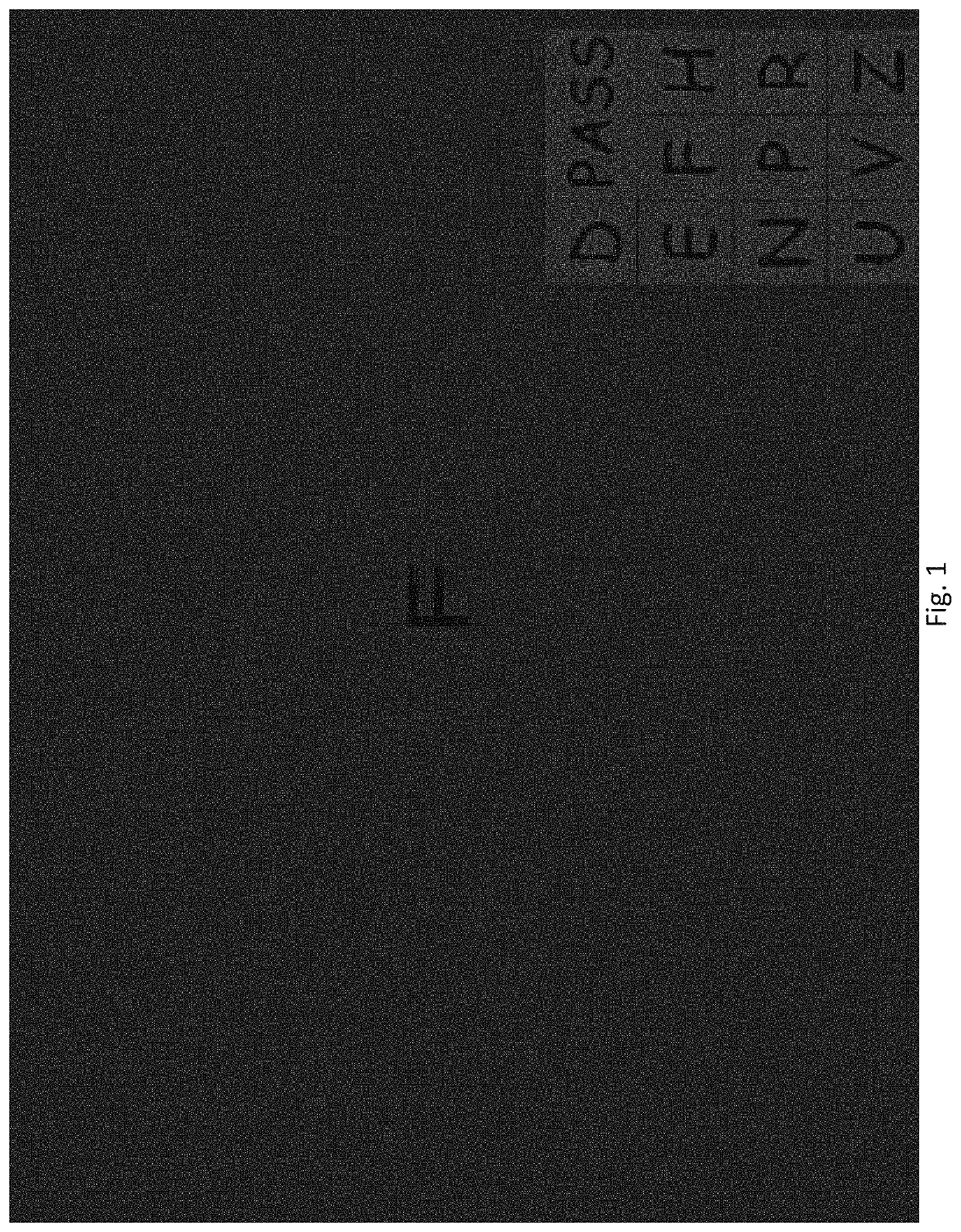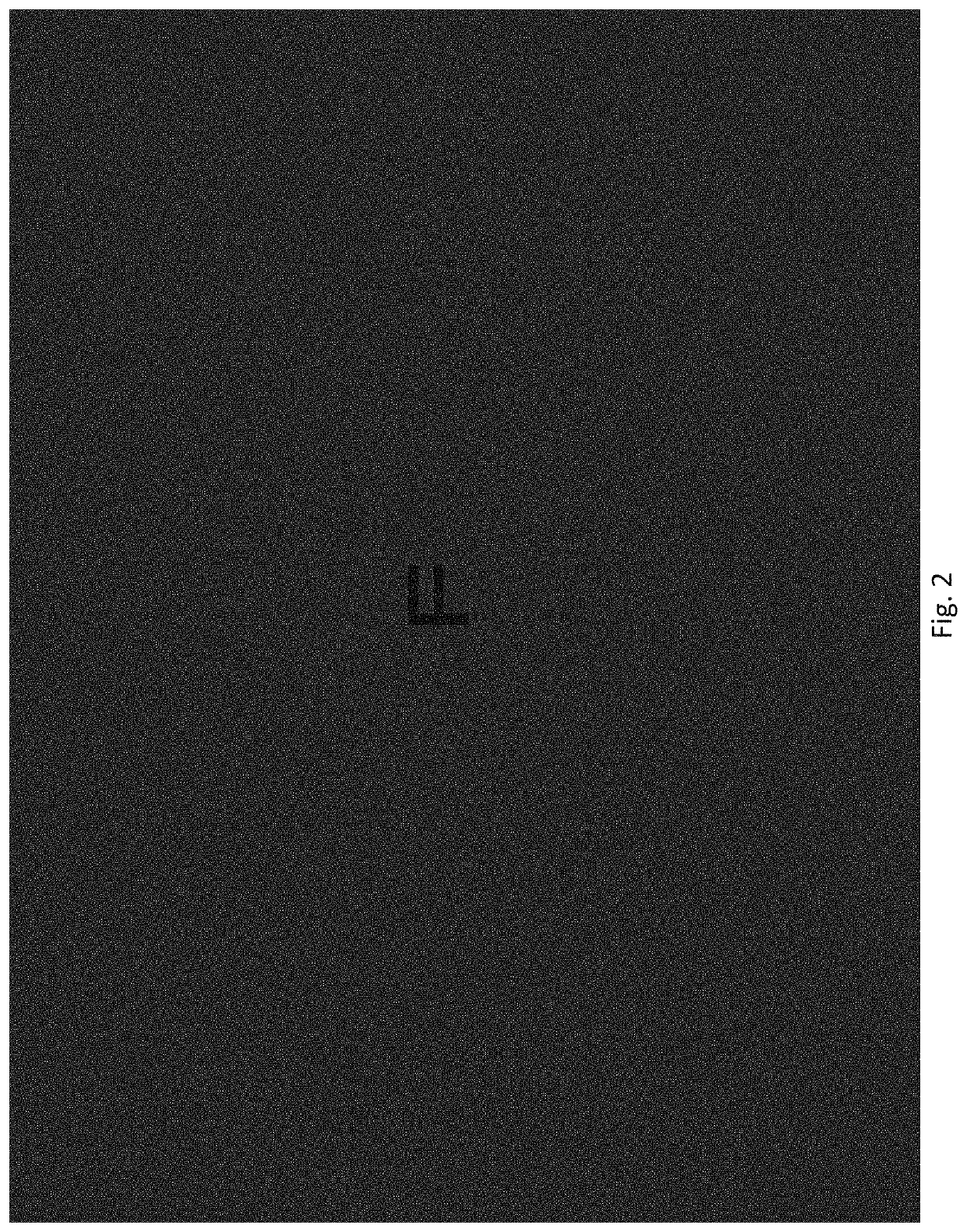Method and apparatus for administering a low luminance visual dysfunction test
a low luminance visual and dysfunctional test technology, applied in the field of eye tests for testing for low luminance visual dysfunction, can solve the problems of ineffective determination of high-contrast visual acuity testing, impractical use in clinic, and patients' difficulty in seeing in dim lighting, etc., to achieve low luminance deficit, high-contrast and low luminance visual acuity, and easy to interpret
- Summary
- Abstract
- Description
- Claims
- Application Information
AI Technical Summary
Benefits of technology
Problems solved by technology
Method used
Image
Examples
Embodiment Construction
[0054]It is understood that this invention is not limited to the particular methodology, materials and modifications described and as such may, of course, vary. It is also understood that the terminology used herein is for the purpose of describing particular aspects only, and is not intended to limit the scope of the present invention, which is limited only by the appended claims.
[0055]Unless defined otherwise, all technical and scientific terms used herein have the same meaning as commonly understood to one of ordinary skill in the art to which this invention belongs. Although any methods, devices or materials similar or equivalent to those described herein can be used in the practice or testing of the invention, the preferred methods, devices, and materials are now described.
[0056]Technical specifications are as follows:[0057]The display is calibrated for contrast levels.[0058]A test includes at least two passes:[0059]Pass A: high contrast visual acuity (VA); and[0060]Pass B: one...
PUM
 Login to View More
Login to View More Abstract
Description
Claims
Application Information
 Login to View More
Login to View More - R&D
- Intellectual Property
- Life Sciences
- Materials
- Tech Scout
- Unparalleled Data Quality
- Higher Quality Content
- 60% Fewer Hallucinations
Browse by: Latest US Patents, China's latest patents, Technical Efficacy Thesaurus, Application Domain, Technology Topic, Popular Technical Reports.
© 2025 PatSnap. All rights reserved.Legal|Privacy policy|Modern Slavery Act Transparency Statement|Sitemap|About US| Contact US: help@patsnap.com


